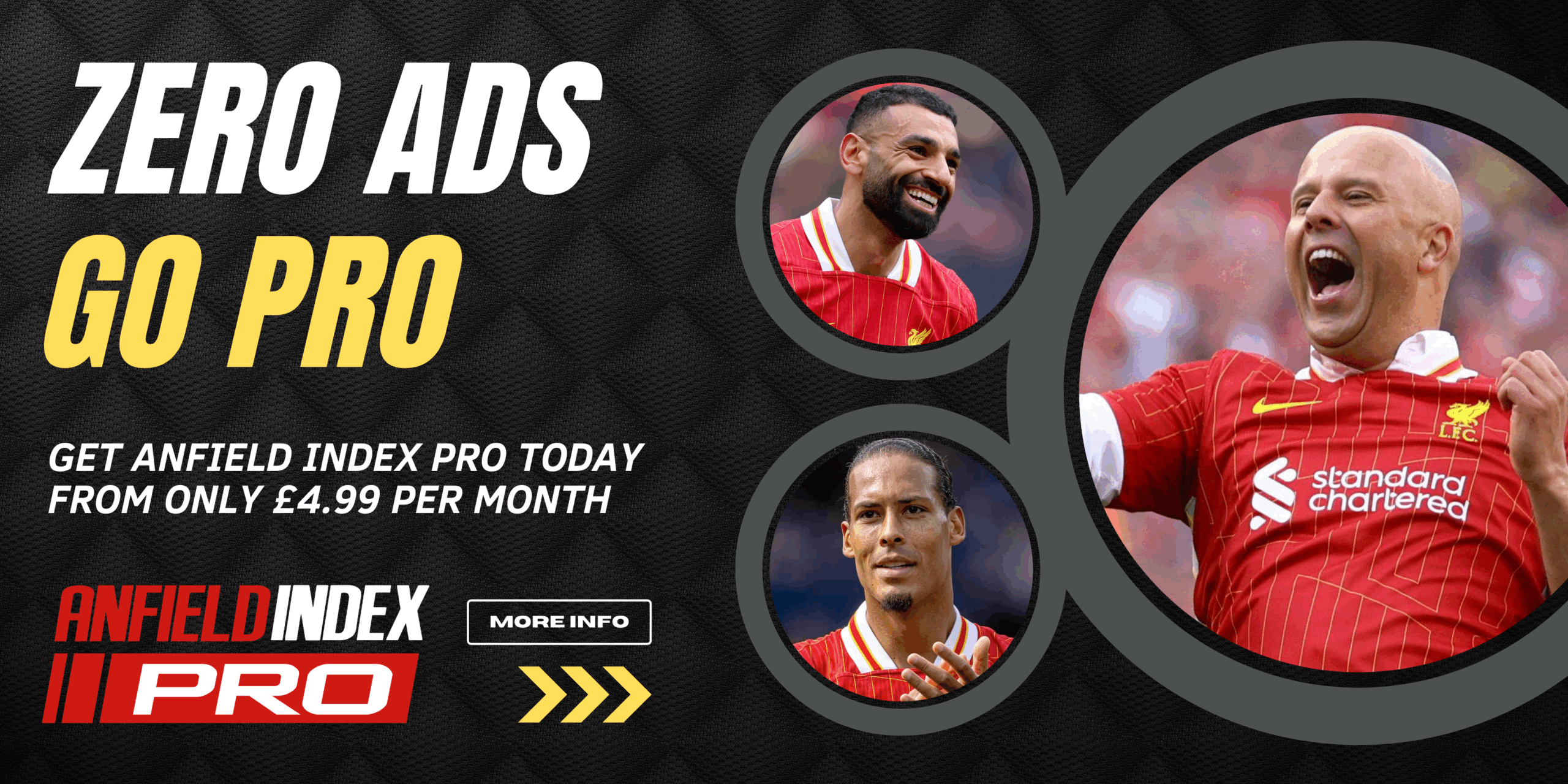Football isn’t just about football anymore.
That might sound like a strange sentence, possibly even heresy depending on who you’re talking to, but look around during half-time, or during a particularly long VAR check, and it’s hard to deny. The matchday experience, especially for fans watching from home, has morphed into something broader. Messier. More fragmented. And, depending on your point of view, more interesting.
Because when the game pauses, the fans don’t.
Screens Within Screens
Modern football doesn’t happen in isolation. It’s layered. You’ve got the match on the big screen, your mates chirping on WhatsApp, maybe Twitter running in the background, or a podcast still playing because you forgot to pause it. Football has become a second-screen sport, and no one’s pretending otherwise.
So it makes perfect sense that during breaks, or when the midfield passes start going sideways, some fans are tapping into something else. Not switching off, just shifting gear.
One of the more curious developments in recent years has been the quiet rise of quick, casual digital games during match downtime. And no, not Championship Manager. We’re talking about Free Mini Games, usually browser-based, and just bite-sized enough to fit between kick-off and half-time.
Gambling? Not Exactly. But Not Not Either.
Let’s address the obvious. Whenever you mention casino games in the same breath as football, people’s alarm bells start ringing. And fairly so. There’s a long, messy history there, with club sponsorships and betting ads slapped across kits like price tags.
But what’s happening here feels different. It’s not hardcore gambling in the traditional sense. It’s a lightweight, low-stakes interaction. A digital scratchcard here. A quick spin there. Just enough engagement to fill time, not empty wallets.
Of course, that’s not to say it’s entirely benign. These games still tap into the same reward circuits: dopamine, anticipation, and risk. But then, so does football. Ever nervously watched your team try to hold onto a one-goal lead in stoppage time? Congratulations, you’ve already experienced the psychological architecture of a slot machine.
Filling the Gaps
This isn’t about replacing football, or even competing with it. It’s about filling the dead space that the sport naturally leaves behind. Half-time used to be a toilet break and maybe a rant at whoever’s in the room. Now? It’s also a window for a bit of interactive distraction.
There’s something to be said for that. Not necessarily something positive or negative, just something true. Fans are curating their matchday experience now. They don’t just watch. They engage, they participate, they shape the rhythm of how they consume football. And these games? They’ve slotted in neatly, almost too neatly, into that rhythm.
Nothing Sacred, Nothing Static
There’s a tendency to romanticise football as a sacred ritual. You show up, you chant, you suffer, you celebrate. But if we’re honest, that version of fandom doesn’t quite hold anymore. Not when half the crowd is watching replays on their phones before the ref even blows the whistle.
The reality is that football has become entertainment content. Structured, branded, broadcasted, cut up for TikTok before the corner’s even taken. So it shouldn’t be surprising that fans, especially younger ones, treat the experience more like a stream than a sermon.
Final Whistle
So here we are. The matchday experience is no longer just about the match. It’s about everything around it: the buildup, the banter, the breaks. And in those quieter stretches, some fans are turning to games that mirror the unpredictability of the sport they love.
Not because they’re addicted. Not because they’ve lost focus. But because the game itself gave them a pause, they filled it.
Like it or not, that’s where we are. Football continues to evolve. So do the fans. And sometimes, evolution looks like a quick digital spin while you’re waiting for the second half to kick off.
No big scandal. Just a new habit.




